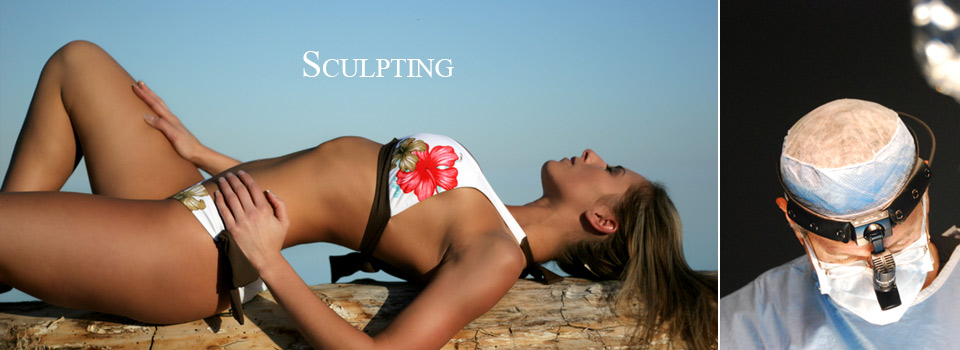Posted: September 30, 2024
 Our board-certified plastic surgeon, Dr. John J. Corey, brings 30-plus years of experience to his role as one of Scottsdale's leading breast surgery specialists. Dr. Corey helps women achieve a refreshed, youthful breast shape—a look that refines their natural beauty.
Our board-certified plastic surgeon, Dr. John J. Corey, brings 30-plus years of experience to his role as one of Scottsdale's leading breast surgery specialists. Dr. Corey helps women achieve a refreshed, youthful breast shape—a look that refines their natural beauty.
There are many varieties of mini-breast lift, and they're all designed to give some amount of lift to the nipples and areola while at the same time minimizing the number of incisions made on the breast. This avoids the classic "anchor" scar that goes around the areola, down the middle of the breast and then underneath in the lower crease. Over his three-decade career, Dr. Corey has tried and used almost all of them, and has definite thoughts and experiences as shared below.
Other surgeons have different opinions and approaches to mini-breast lifts, so please keep in mind that Dr. Corey's views are just one of many and there are many other techniques than just those listed here. Here, we explain some of these techniques and discuss who might be an ideal candidate for the mini-breast lift.
Mini-Breast Lift Options
Candidates typically have cases of mild breast sagging (ptosis) or more of a bottom fullness to the breast. Technically, this is referred to as grade 1 ptosis of the breast, where the nipple and some breast tissue droop to the level of the crease under the breast (where your underwire bra would rest), or pseudoptosis, where the nipple is above the under-breast crease but some breast tissue hangs below the crease, giving kind of a "up-tilted" appearance.
Some of the more common mini-breast lift techniques are :
- Crescent Lift: This is where one half-moon incision is made at the top of the areola another half-moon incision is made above that. A crescent wedge of skin is then removed in an effort to slightly raise the nipple. In Dr. Corey's experience it seems to stretch the areola out more than actually raise the nipple. Most patients reported no change in the nipple position at all.
- Peri-areola or "Donut" lift: An incision is made 360 degrees around the areola and then another oval incision is made outside of that first incision and the skin in between is removed. The outside circle is then gathered into the inside circle with a purse string suture, oftentimes made of a non-absorbable material like Gortex. Dr. Corey did use this technique for decades but has since abandoned it. Dr. Corey found too many stretched out scars due to the circular forces and occasionally a problem with the suture breaking or becoming infected. Around 30% of donut lift patients required some type of scar revision afterwards or had an issue with the suture.
- Vertical, Lejour, "Keyhole" or "Lollipop" Lift: An incision is made 360 degrees around the areola followed by two divergent incisions going from the areola down the middle of the breast towards the crease. The tissue in between the two downward incisions is then removed and the two vertical incisions are then closed together. This creates a circular incision around the areola and one straight down the middle of the breast, like a "lollipop". No incision is made horizontally in the crease underneath the breast. The limitation Dr. Corey found with this variation is that in most cases the patient had droopy tissue along the entire bottom of the breast and just removing the mid-portion left bulging tissue on either side of the lollipop stem. He found that very few patients were actually good candidates for this technique.
Considering Your Mini-Breast Lift
The techniques described above are all well-known and recognized, and their use by surgeons should not be considered wrong or outside of the standard of care. For patients in this "slightly droopy" category, the options can be very overwhelming and frustrating.
In some cases, just an implant may help fill out the breast, but remember that implants don't raise the nipple and areola. They push out the tissue. When properly placed, implants can give the appearance that the nipple is now more centered on the breast, but the actual location is not raised in relation to the chest.
Over the years Dr. Corey has seen much better and longer lasting results with the full anchor lift and with very minimal scarring as well (Check out our breast lift gallery here). In other cases, Dr. Corey may recommend avoiding surgery altogether if the patient is not ready for traditional scarring. A mini-breast lift is very much a "gray area" operation with it's own list of pros and cons.
What Might Make a Person a Breast Lift Candidate?
A mini-breast lift could be a good option for you if you have mild breast sagging and want a perkier, more lifted breast shape. Candidates typically:
- Have minimal breast sagging
- Have nipples that fall slightly below the crease of the breast
- Are in good overall health
- Have realistic expectations about the results
However, it's important to remember that most patients get more satisfactory results with a full breast lift.
Mini-Breast Lift Consultations in Scottsdale
If you're in the Scottsdale, Phoenix, Glendale, Mesa, or Gilbert areas, your breast lift consultation is just a short drive away. During your one-on-one consultation, Dr. Corey discusses breast lifts and your goals for the procedure so he can make a personalized recommendation for you. Call our office at 480-767-7700 to book your consultation.





